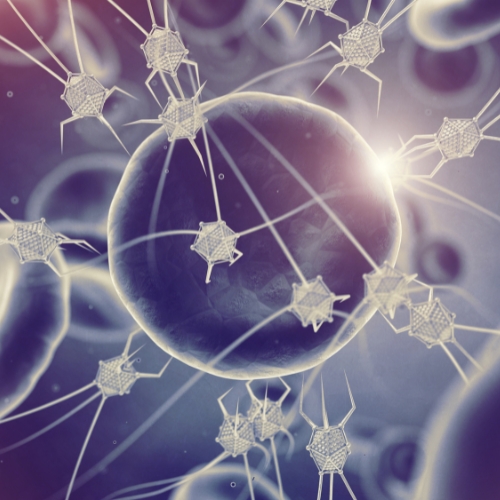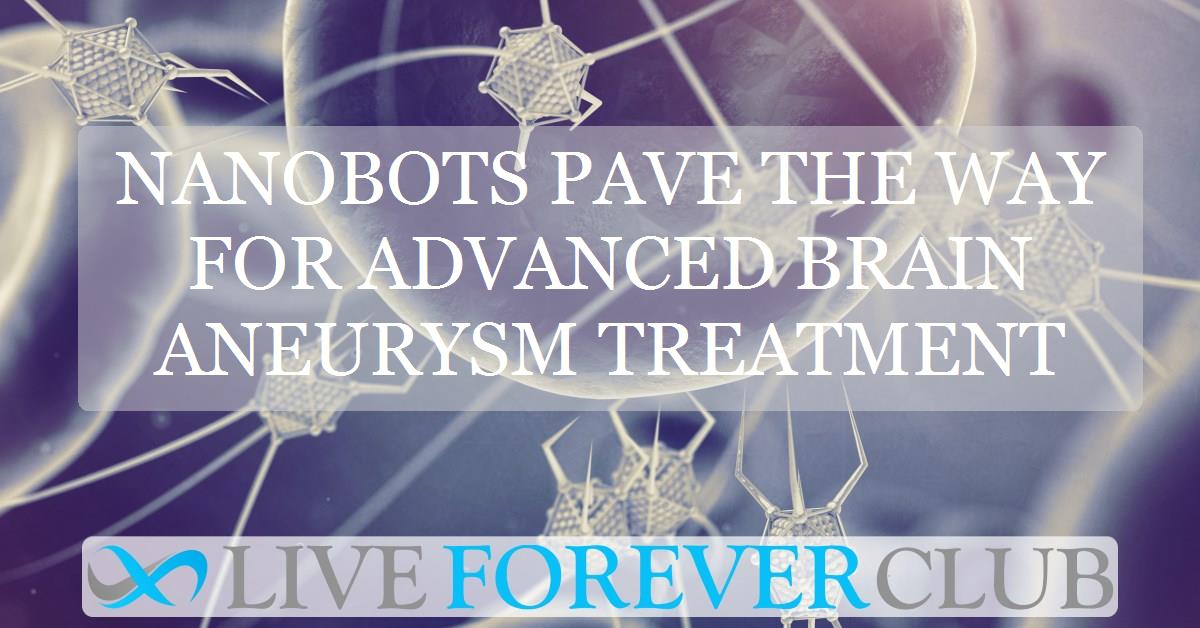Key points from article :
Scientists have made a significant breakthrough in medicine with the development of tiny robots, or nanobots, that can be injected into the human body to perform complex medical tasks. A team co-led by researchers from the University of Edinburgh engineered magnetic nanobots designed to deliver blood-clotting drugs to treat brain aneurysms, a condition responsible for nearly 500,000 deaths each year. These nanobots, which are about a twentieth the size of a red blood cell, are guided to the aneurysm site using magnets and medical imaging. Once in position, they are heated to release their drug payload, preventing further bleeding.
Dr. Qi Zhou of the University of Edinburgh highlighted the potential of these nanobots to revolutionize medicine by offering more precise and less risky treatments compared to traditional surgical methods. The study, published in the journal Small, demonstrates how nanobots could deliver drugs to exact locations in the body, reducing the need for implants and minimizing the risk of complications like blood clots or the rejection of foreign materials.
This breakthrough could not only improve the treatment of brain aneurysms but also aid in treating strokes by removing blood clots. The ability of these nanobots to navigate the brain's complex network of blood vessels opens up exciting possibilities for future medical treatments.








